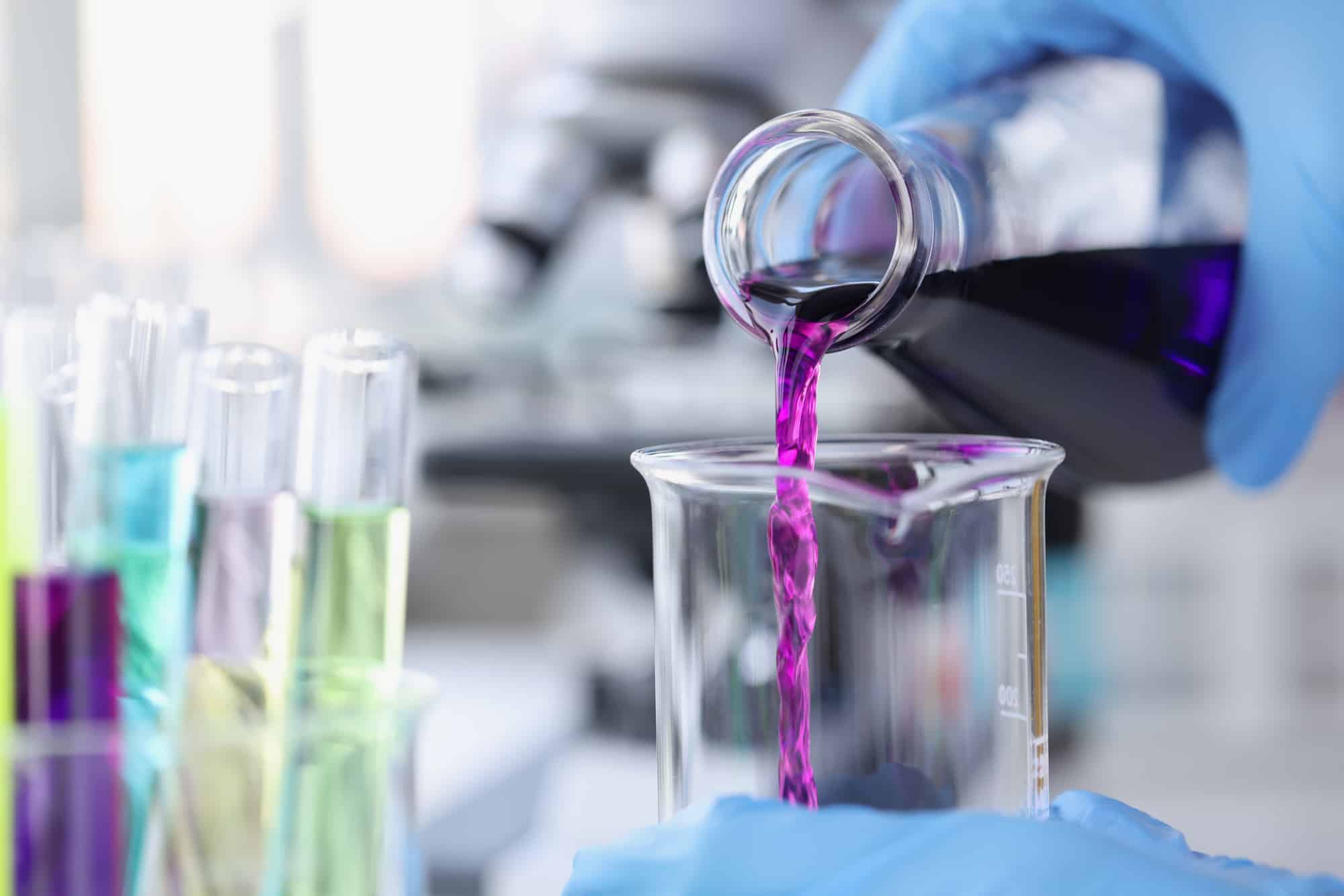Allergic reactions can range from mild discomfort to life-threatening situations. While allergens like pollen and pet dander are commonly known triggers, there is another group of culprits that often goes unnoticed – chemicals. In this article, we will explore the various chemicals that can cause allergic reactions and delve into their effects on the human body.
- Fragrances and Perfumes:
Fragrances are ubiquitous in our daily lives, found in perfumes, cosmetics, cleaning products, and even air fresheners. However, many of these fragrances contain volatile organic compounds (VOCs) that can trigger allergic reactions. Common symptoms include skin irritation, respiratory issues, and headaches. It is crucial to be aware of the ingredients in fragranced products and opt for fragrance-free alternatives whenever possible. - Preservatives:
Preservatives are essential for extending the shelf life of various products, such as cosmetics, personal care items, and processed foods. However, certain preservatives like parabens, formaldehyde, and methylisothiazolinone can cause allergic contact dermatitis, resulting in redness, itching, and swelling of the skin. Reading product labels and choosing preservative-free or naturally preserved options can help minimize the risk. - Latex:
Latex allergy is a well-known condition, primarily affecting healthcare workers and individuals with frequent exposure to latex products. Latex gloves, balloons, and certain medical devices contain proteins that can trigger allergic reactions. Symptoms may range from mild skin irritation to severe anaphylaxis. Identifying latex-free alternatives and informing healthcare providers about the allergy is crucial for prevention. - Cleaning Products:
Household cleaning products often contain harsh chemicals like sodium hypochlorite, ammonia, and formaldehyde, which can irritate the skin, eyes, and respiratory system. Allergic reactions to these chemicals can manifest as skin rashes, coughing, sneezing, and even asthma attacks. Opting for eco-friendly and fragrance-free cleaning products can help minimize exposure and reduce the risk of allergic reactions. - Hair Dyes:
Hair dyes contain a variety of chemicals, including paraphenylenediamine (PPD), ammonia, and hydrogen peroxide. These chemicals can cause allergic reactions, ranging from mild scalp irritation to severe allergic contact dermatitis. Patch testing before using hair dyes and choosing natural or hypoallergenic alternatives can help prevent adverse reactions.
Conclusion:
While allergens like pollen and pet dander are commonly associated with allergic reactions, it is crucial not to overlook the potential role of chemicals. Fragrances, preservatives, latex, cleaning products, and hair dyes are just a few examples of chemicals that can trigger allergies. By being aware of these hidden culprits and making informed choices, we can minimize our exposure and protect ourselves from allergic reactions.

